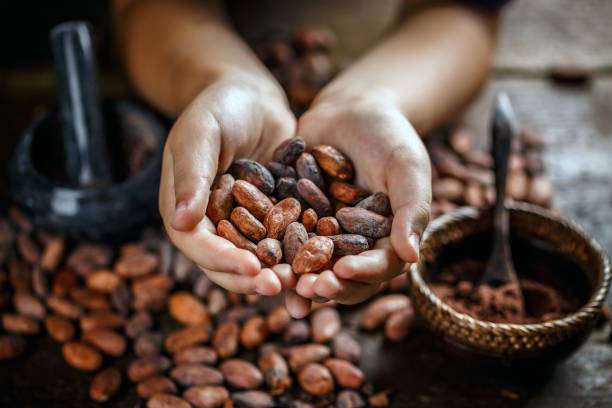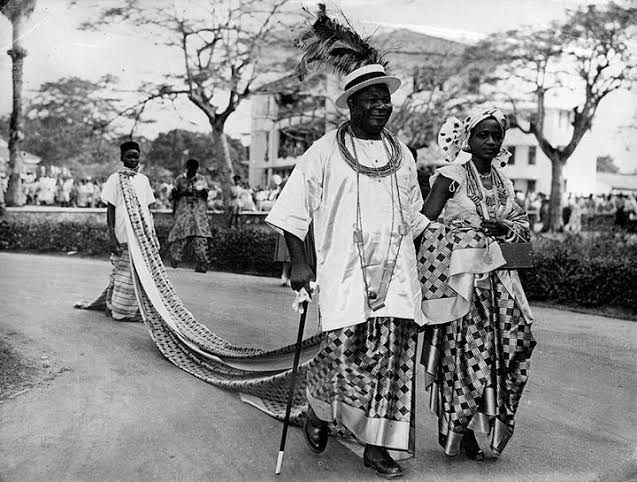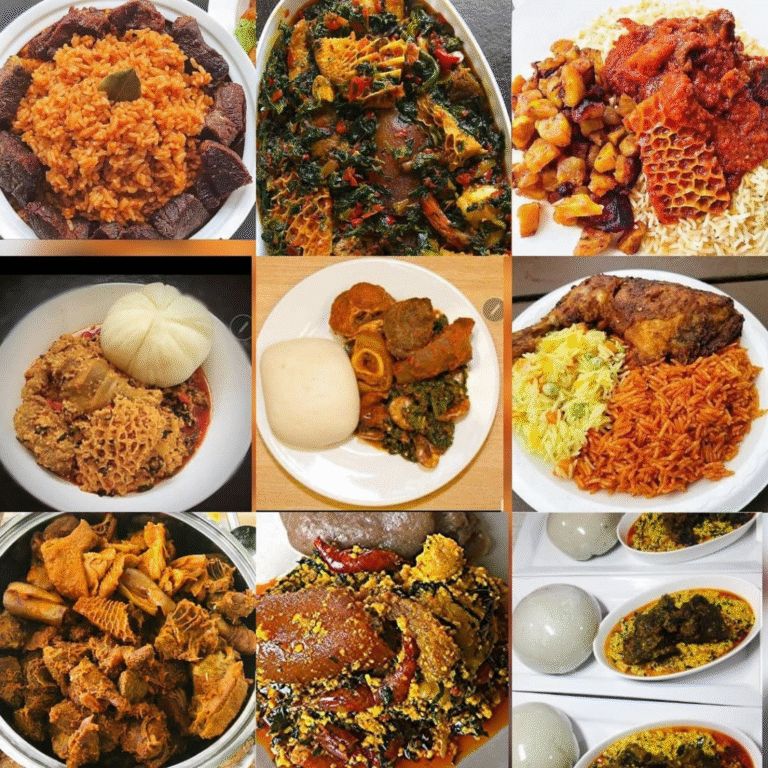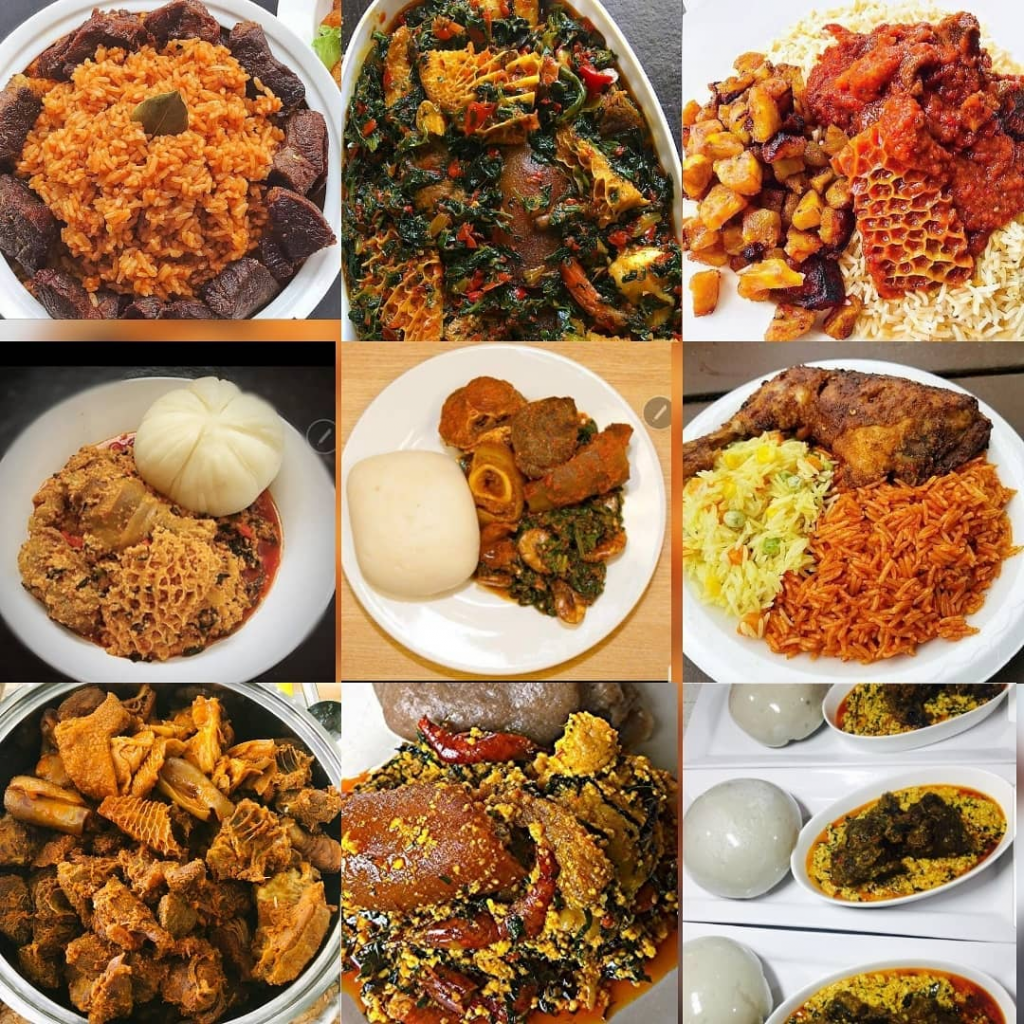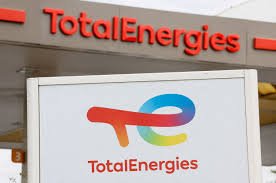Nigeria’s cocoa sector has suffered a setback as exports plunged 60% in the second quarter of 2025 compared to the first quarter.
Figures from the National Bureau of Statistics show that Q1 2025 exports of cocoa beans were valued at ₦1.23 trillion, but this fell sharply to ₦485.49 billion in Q2 2025.
The decline is spread across both quality grades of cocoa, with ‘Standard quality cocoa beans’ dropping from ₦719.91 billion in Q1 to ₦208.47 billion in Q2. ‘Superior quality cocoa beans’ also fell significantly, from ₦508.27 billion in Q1 to ₦277.02 billion in Q2, highlighting broad-based weakness.
Also Read:
- President Tinubu Approves Draft Bill For Establishment of Cocoa Management Board
- Nigeria Plans To Increase Cocoa Production To 500,000 Metric Tonnes By 2024
- Working Lives: The HND Holder Cocoa Farmer Who Can’t be Paid to Do Anything Else
- From Beans to Billions: The Economic Impact of Nigeria's Cocoa Industry
The 60% drop underscores vulnerabilities in Nigeria’s cocoa exports in 2025, driven by domestic production shortfalls and external market pressures.
Production outlook signals further strain
According to the Nigerian Cocoa Association, the country’s cocoa production is forecast to fall by 11% year-on-year in the 2025–2026 season.
Total output is projected at 305,000 metric tons compared to 344,000 metric tons in the previous 2024–2025 cycle.
This decline comes at a time when Nigeria should be capitalizing on high global cocoa prices, and it should serve as a wake-up call for diversifying beyond raw bean shipments in the cocoa industry.
Instead, the combination of weather disruptions and structural industry challenges has restricted Nigeria’s ability to boost output and meet international demand.
Imports rise as Nigeria turns to Cameroon
Nigeria’s cocoa imports also rose in the latest season, raising eyebrows across the agricultural sector.
After the close of the 2024–2025 season in July, Nigeria became the largest African importer of Cameroonian cocoa, signaling both demand pressures and domestic production gaps.
Data from Cameroon’s National Cocoa and Coffee Board (ONCC) reveal that Nigeria imported 2,100 metric tons of cocoa beans.
This figure represents 1.09% of Cameroon’s total national exports.
According to the ONCC’s 2024–2025 campaign review report, “Nigeria has significantly increased the volumes of Cameroonian-origin beans imported.”
This shift indicates a strategic move to bridge domestic shortfalls amid the drop in cocoa exports in Q2 2025.
Government pledges revival through policy reforms
The Federal Government has pledged to revitalize the cocoa sector as part of its wider agricultural transformation agenda.
Vice President Kashim Shettima recently emphasized that Nigeria must transition from being a raw cocoa exporter to becoming a global processor.
He announced that the Federal Executive Council has approved the creation of a National Cocoa Management Board (NCMB).
The board will oversee sector reform, ensuring sustainable cocoa farming, promoting forest preservation, and supporting value addition through domestic processing.
Reclaiming lost glory in global markets
Shettima reminded stakeholders that Nigeria was once one of the world’s top cocoa producers before oil shifted national priorities. He stressed that the Renewed Hope Agenda provides a framework for restoring Nigeria’s position by modernizing the cocoa value chain.
With global cocoa prices at record levels, the opportunity to reposition the industry is clear.
Shettima argued that Nigeria must move beyond raw bean exports and instead process cocoa into semi-finished and finished products that fetch higher returns.
Global cocoa dynamics favor producers
The International Cocoa Organization (ICCO) projected a global cocoa surplus of 142,000 metric tons in the 2024–2025 season, the first surplus in four years. The ICCO also forecast global cocoa production to rise by 7.8% year-on-year to 4.84 million metric tons.
Despite this, harsh weather conditions in West Africa continue to pressure supplies, sustaining higher prices. These conditions create both challenges and opportunities for Nigeria, as tighter inventories keep cocoa profitable but supply-side weaknesses reduce participation.
Weather shocks tighten supply in West Africa
Excessive rainfall in the Ivory Coast has disrupted cultivation, while limited rainfall in Nigeria and Ghana has led to withering cocoa pods. This dual effect has not only reduced output but also exposed farmers to greater risks of crop loss.
The spread of black pod disease in Ghana and Nigeria has worsened matters, as cold and dry conditions support the disease’s spread. According to the Commodity Weather Group, the past 60 days have been the driest since 1979 for cocoa in West Africa.
Price volatility challenges global chocolate makers
Cocoa prices have responded sharply to these pressures, surging in global markets. The crop rebounded from its 52-week low to settle at $7,420 per ton in New York, though still below its record high of $12,646 per ton in December 2024.
However, the surge in prices has also squeezed global chocolate manufacturers.
Nigeria’s production limits weigh on competitiveness
The Ivory Coast’s mid-crop is estimated at 400,000 metric tons, 9% lower than last year’s 440,000 tons. Nigeria, meanwhile, continues to lag in output despite being the world’s fifth-largest cocoa producer.
This persistent gap underlines the urgency of government and industry interventions. Unless Nigeria scales up production and accelerates processing, it risks missing out on record global prices and long-term market opportunities.
The road ahead for Nigeria’s cocoa Industry
The cocoa industry’s sharp export contraction in Q2 2025 highlights both immediate and structural challenges.
Falling production, increasing imports, and weather disruptions reveal vulnerabilities that must be addressed if Nigeria is to remain competitive.
At the same time, global price trends present a historic opportunity for Nigeria to reposition itself as a processing hub rather than a raw exporter.
With the NCMB’s creation and government commitment under the Renewed Hope Agenda, the foundation for revival has been laid, but execution will determine success.


